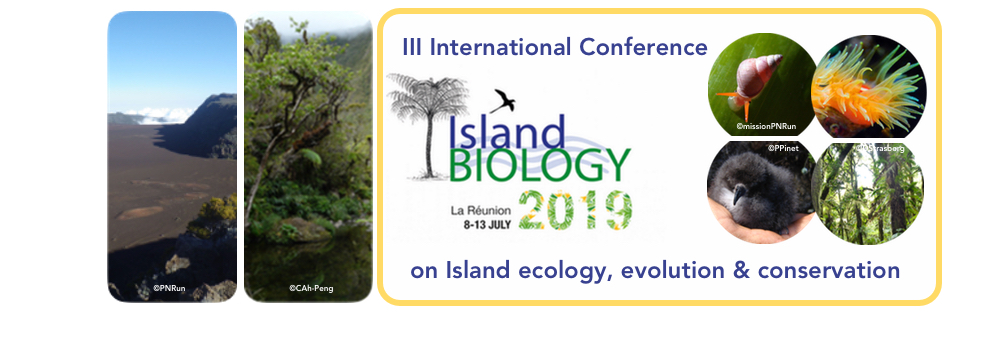The Iles Eparses comprise four low altitude (4-14 m) coral islands with terrestrial habitats located in the South-West of the Indian Ocean, close to Madagascar : Europa, Juan de Nova and the Iles Glorieuses in the Mozambique channel, and Tromelin in the North of the Mascarene archipelago. Between 22° and 11° South, the Iles Eparses fall into a south/north climatic gradient spanning from a semi-arid climate (Europa) to a more humid climate for the most northern island (Glorieuses). They administratively belong to the 5th district of the French Southern and Antarctic Land, a French Oversea Territory, since 2007. In spite of their reduced terrestrial area (from 30 km2 for Europa to 1 km2 for Tromelin), these islands share an exceptional natural heritage including many marine and terrestrial endemic species. At a regional scale the Iles Eparses are some of the most pristine ecosystems, largely preserved from anthropogenic impacts due to their geographical isolation and a historically very limited human occupation. In parallel with an updated account of the vascular flora published in 2018, a multiscale analysis of vegetation and plant landscapes was conducted according to the methods of geobotany including dynamic-catenal phytosociology, bioclimatology, geomorphology, and edaphology. Bioclimates have been established thanks to the four meteorological stations located on each of the islands. More than 1000 phytosociological surveys, mostly associated with geomorphological and ecological toposéquences, were carried out from 2004 to 2019. For each island, several typologies have been established: vegetation, series and systems of vegetation. Using the the colorimetric analysis and image segmentation method developed by IGN in the french national habitat mapping program (CarHAB), a map of vegetation systems has been drawn up for each island. We present here the first geobotanical survey established for the island of Europa. This atoll south of the Mozambique Channel has suffered little human disturbance, these remaining sectorized to a small part of the island. For the rest, the island is an exceptional place for the study of catenal structure and vegetation dynamics in response to marine and terrestrial ecological gradients and natural cyclonic, marine and avifaunistic disturbances.

|
|
|
|
Systems, landscapes and vegetation of the Iles Eparses (South-West Indian Ocean): geobotanical survey of Europa island
1 : Université de Bretagne Occidentale
(UBO)
EA 7462 Géoarchitecture, Université de Bretagne Occidentale
29200 Brest -
France
2 : Conservatoire botanique national de Mascarin
(CBNM)
97436 Saint-Leu -
Réunion
3 : Institut national de l'information géographique et forestière (IGN), Ecosystèmes forestiers
* : Corresponding author
33166 Saint-Médard-en-Jalles -
Réunion
|
| Online user: 32 | RSS Feed |

|
 PDF version
PDF version